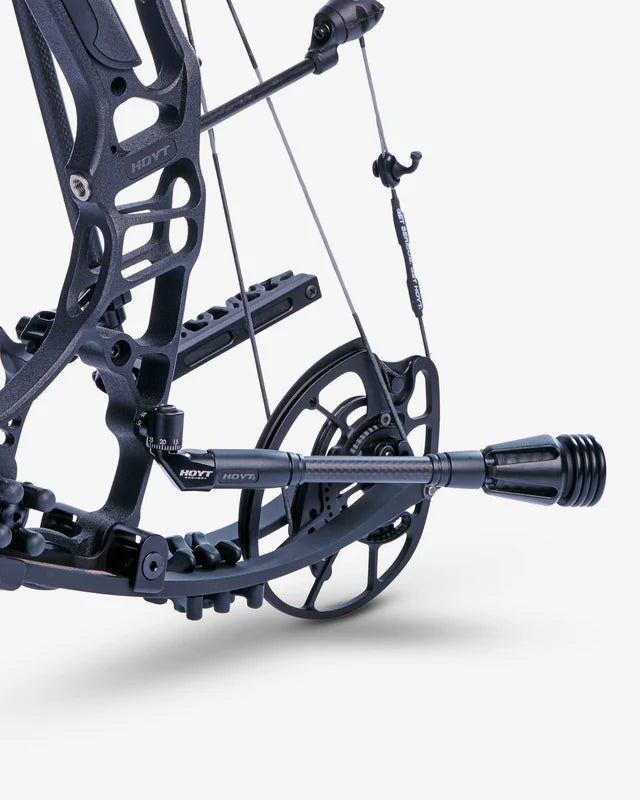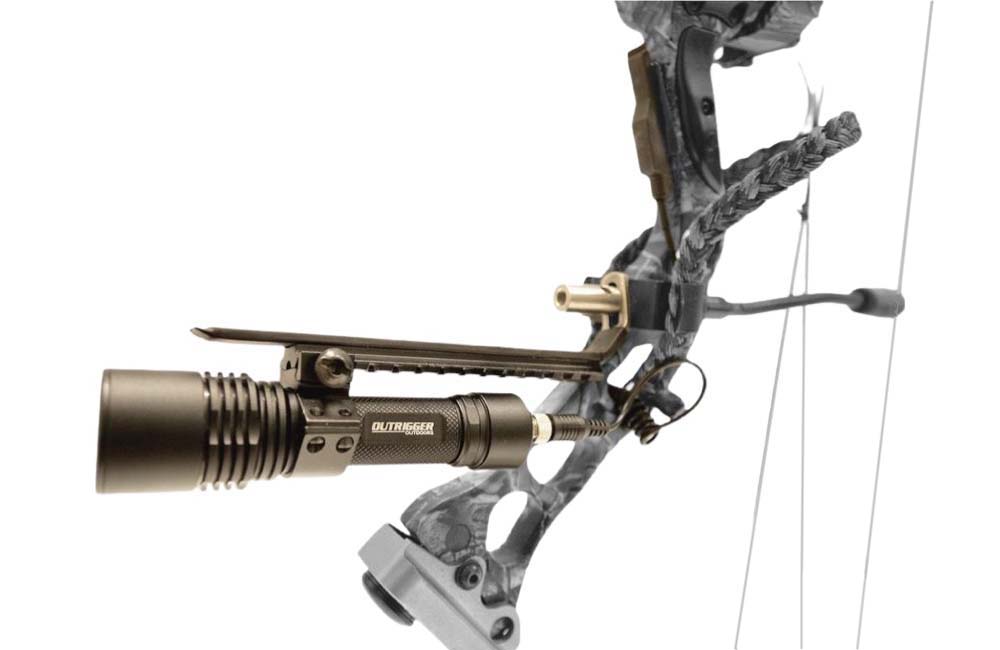Understanding Archery Stabilizers: A Complete Guide for Beginners
Master the Art of Archery: Understanding the Significance of a Stabilizer in Your Arrangement
Whether one is an experienced archer or just beginning their journey, the importance of a stabilizer in their arrangement can not be overemphasized. By recognizing the advantages of making use of a stabilizer, considering the right elements when picking one, and effectively installing and changing it, archers can boost their abilities to new heights.
The Function of a Stabilizer in Archery
A stabilizer plays a critical role in archery by enhancing equilibrium and lowering resonances throughout the shot. When an archer draws the bowstring and launches it, there is a transfer of power that can cause the acquiesce vibrate. These resonances can negatively influence the precision of the shot. A stabilizer aids to neutralize these vibrations by taking in and dissipating the energy.
One of the main advantages of a stabilizer is its capability to boost balance. The weight of the stabilizer helps to distribute the weight evenly, decreasing the stress on the archer's arm and boosting security.
In addition to balance, a stabilizer additionally assists to lower torque. When an archer releases the bowstring, there is an all-natural tendency for the acquiesce turn in the hand. This rotation, recognized as torque, can create the arrowhead to drift off-course. The weight and layout of a stabilizer counteract this rotation, making certain a much more exact and constant shot.
Advantages of Utilizing a Stabilizer
The application of a stabilizer in archery supplies many benefits that enhance an archer's performance and general capturing experience. By soaking up and wetting these vibrations, the stabilizer improves the security of the bow, permitting for even more specific and constant shots.
Second of all, a stabilizer helps to balance the bow by adding weight to the front end. This weight circulation counteracts the natural propensity of the acquiesce tip ahead upon release, minimizing the amount of activity and boosting the archer's capacity to maintain objective on target.

Finally, a stabilizer can additionally work as a shock absorber, decreasing the shock and recoil experienced upon launch. This not just boosts the convenience of capturing but also decreases the threat of injury or stress on the archer's body.
Exactly How a Stabilizer Boosts Accuracy
Enhancing the accuracy of an archer's shots, a stabilizer plays a vital function in enhancing total efficiency. archery stabilizer. By including stability to the bow, a stabilizer assists decrease the unwanted movement and vibration that can happen throughout a shot. This decrease in movement allows the archer to keep a steady goal, leading to even more accurate and consistent shots

Additionally, a stabilizer assists to dampen vibrations that take place upon launch. These vibrations can cause the bow to drink, impacting the arrow's trajectory and accuracy. By absorbing and dissipating these vibrations, a stabilizer aids to maintain the bow's security and make certain a accurate and smooth shot.
Additionally, a stabilizer can likewise help in balancing the weight distribution of the bow (archery stabilizer). By including weight to the front of the bow, a stabilizer assists to balance the weight of accessories, such as sights or quivers, which may be connected to the bow. This well balanced weight circulation aids the archer keep a consistent and regulated capturing position, resulting in boosted accuracy
Elements to Consider When Picking a Stabilizer
When selecting a stabilizer for your bow, it is essential to think about several variables that will add to its total performance and viability for your specific Get More Information capturing style. The initial element to consider is the length of the stabilizer. Stabilizers can be found in various lengths, varying from brief to long. Longer stabilizers typically give extra stability and balance, but they can likewise be larger and more difficult to maneuver. Much shorter stabilizers, on the various other hand, offer much better ability to move but may give up some security.
Another factor to take into consideration is the weight of the stabilizer. The weight of the stabilizer can affect the balance of your bow. A much heavier stabilizer can assist to minimize vibrations and boost stability, causing a steadier shot. A lighter stabilizer may be chosen by shooters that prioritize maneuverability and speed.
Some stabilizers have adjustable functions, such as adjustable length or flexible weights, which permit you to personalize the stabilizer to your details requirements. Carbon fiber stabilizers are resilient and lightweight, while aluminum stabilizers offer a balance between weight and rigidity.
Different stabilizers may work far better for particular shooting styles, such as target shooting or searching. It is advisable to seek advice from with seasoned archers or specialists to establish which stabilizer will certainly finest match your individual requirements.
Tips for Properly Adjusting a stabilizer and mounting
Proper installation and modification of a stabilizer is crucial for enhancing its efficiency and guaranteeing optimal capturing precision. When installing a stabilizer, it is vital to follow a couple of vital steps to ensure its performance. Identify the suitable length of the stabilizer based on your capturing design and choices. Longer stabilizers offer more stability yet can be much less manoeuvrable, while much shorter stabilizers offer enhanced ability to move but may compromise stability. Connect the stabilizer to the bow making use of useful reference the offered placing hardware when you have actually selected the proper size. Make sure that the stabilizer is firmly fastened and straightened with the bow's riser.
After mounting the stabilizer, it is necessary to make modifications to attain the wanted balance and shot consistency. Beginning by adjusting the weight circulation along the stabilizer. This can be done by adding or removing weights from the stabilizer's weight system. Trying out different weight arrangements to locate the balance that works finest for you. Additionally, think about changing the angle of the stabilizer to fine-tune the shot. A minor ahead or backwards tilt can affect the bow's balance and exactly how it responds throughout the shot.

Final Thought
In conclusion, a stabilizer plays a critical duty in archery by improving precision and minimizing bow torque. When choosing a stabilizer, factors such as size, material, and weight ought to be taken into consideration to satisfy individual requirements.
Additionally, navigate to this website a stabilizer can additionally assist in stabilizing the weight circulation of the bow. By adding weight to the front of the bow, a stabilizer assists to balance the weight of devices, such as quivers or views, which may be affixed to the bow. Some stabilizers have flexible features, such as adjustable size or flexible weights, which allow you to tailor the stabilizer to your certain needs. Carbon fiber stabilizers are sturdy and light-weight, while aluminum stabilizers supply an equilibrium between weight and rigidity.
Longer stabilizers offer more stability but can be much less manoeuvrable, while much shorter stabilizers provide boosted ability to move however may compromise stability.